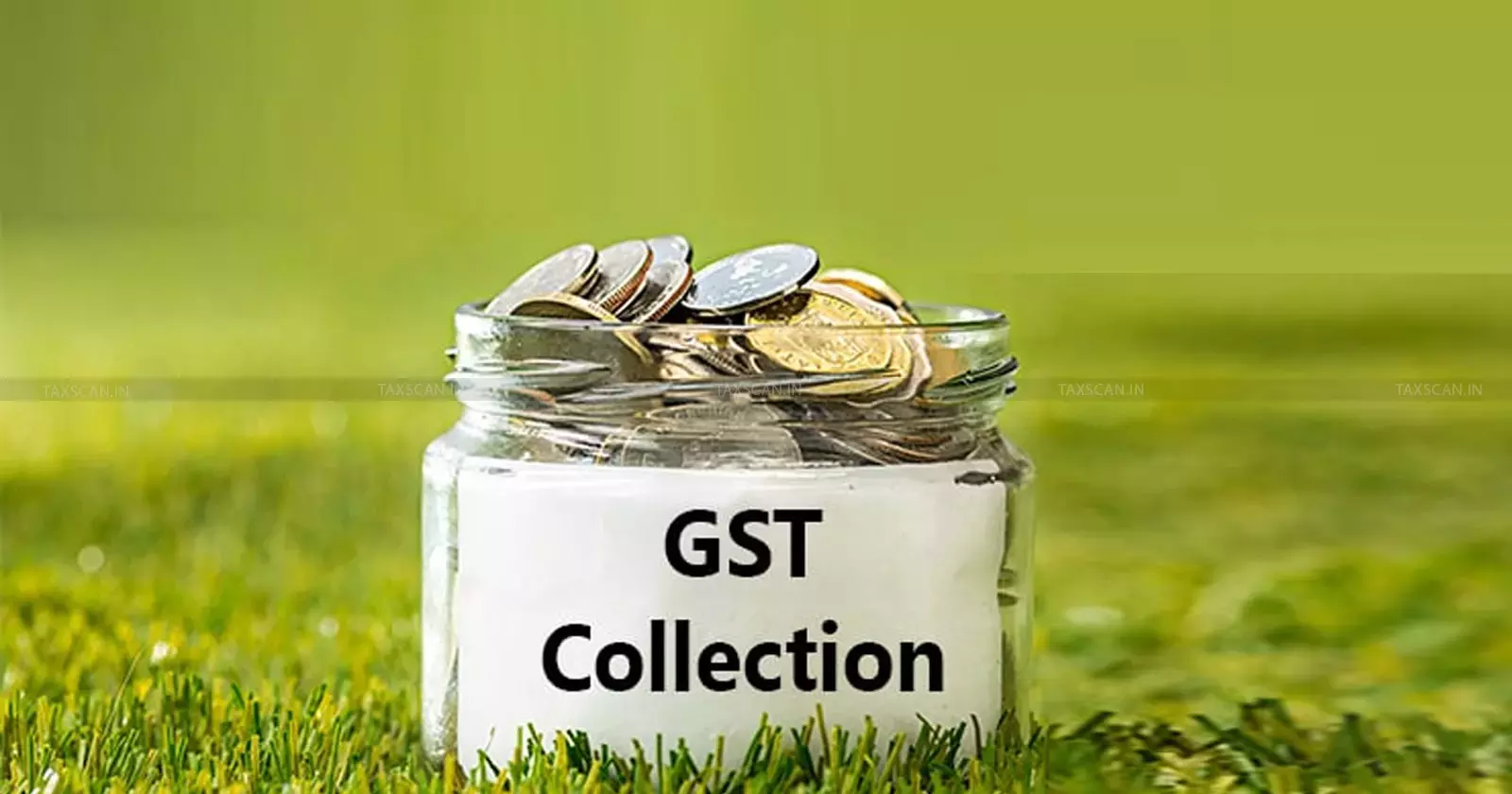Tripura tops Statewise GST Collection: Overall Revenue up by 7.5% YoY
Import-related GST contributed another ₹52,712 crore, climbing 9.7 per cent and reflecting a pickup in merchandise inflows

India’s Goods and Services Tax (GST) mop-up in July 2025 touched ₹1,95,735 crore, marking a 7.5 per cent year-on-year increase and extending the collection streak above the ₹1.90-lakh-crore mark for the fourth straight month. The latest figures, released on a provisional basis by the Ministry of Finance, take cumulative gross GST receipts in the first four months of FY 2025-26 to ₹8,18,099 crore, up 10.7 per cent over the year-ago period.
Domestic transactions yielded ₹1,43,023 crore, a 6.7 per cent jump from July 2024, as both Central GST (CGST) and State GST (SGST) posted double-digit growth. Import-related GST contributed another ₹52,712 crore, climbing 9.7 per cent and reflecting a pickup in merchandise inflows.
Refund outgo rose sharply, largely because of the clearance of pending domestic claims. Total refunds in July reached ₹27,147 crore, 66.8 per cent higher than a year earlier. After adjusting for these payments, net GST revenue stood at ₹1,68,588 crore, a modest 1.7 per cent rise. Within this, net domestic revenue was almost flat at ₹1,26,040 crore (-0.2 per cent), while net GST on imports rose to ₹42,548 crore, showing a 7.5 per cent gain.
Law Simplified with Tables, Charts & Illustrations – Easy to Understand - Click here
At the sub-national level, revenue performance diverged sharply. Tripura topped the growth table with a 41 per cent surge, followed by Sikkim (23 per cent) and Madhya Pradesh (18 per cent). Bigger states such as Bihar (16 per cent) and Maharashtra (6 per cent) also posted healthy expansions. On the flip side, collections fell in Manipur (-36 per cent), Mizoram (-21 per cent) and Jammu & Kashmir (-5 per cent).
Officials attribute the steady headline growth to sustained compliance efforts, a broader economic rebound and improved invoice-matching analytics that are curbing evasion. However, the muted expansion in net domestic take underscores the impact of the accelerated refund cycle and uneven regional recoveries. The Centre expects monthly gross GST to remain buoyant in the current quarter as festival-season demand gathers pace, but says a fuller assessment will depend on final settlement figures once July returns are reconciled over the coming weeks. As the numbers are provisional, minor revisions are possible when the final accounts are closed.
Mr. Vivek Jalan - Partner Tax Connect Advisory Services LLP added, "For the first time in July 2025, possibly since Covid year in 2020-2021, the Net Domestic GST Revenue has degrown YoY, which shows that the consumption sentiment in the Country is not very positive."
"Further 117% rise in domestic refunds, most of which may be inverted duty structure refunds, show that GST Rate rationalisation should be done sooner rather than later. While the Government has removed inverted duty structure on many goods previously, still certain new age goods remain which suffer inverted duty structure. For example Lithium Ion batteries are liable to 18% GST but parts of Lithium Ion Batteries may still be 28%. This would lead to an inverted duty structure and consequent higher refunds leading to inefficiency in the GST system", He further remarked.
With July’s print, India’s GST kitty continues to provide a stable fiscal cushion for both the Union and state governments, yet the disparate state trends signal that targeted policy support may still be needed to ensure a consumption recovery across the country.
Support our journalism by subscribing to Taxscan premium. Follow us on Telegram for quick updates


